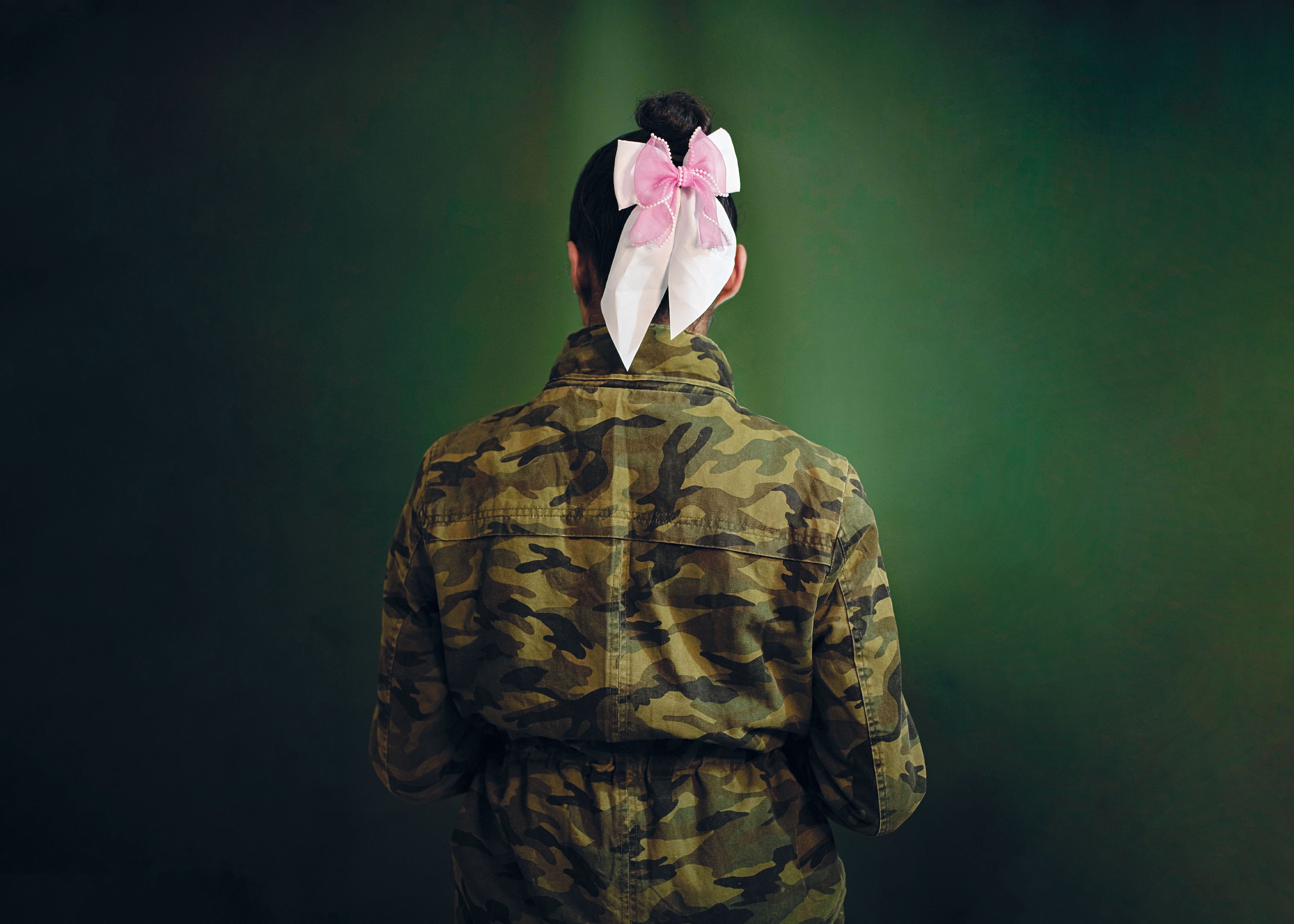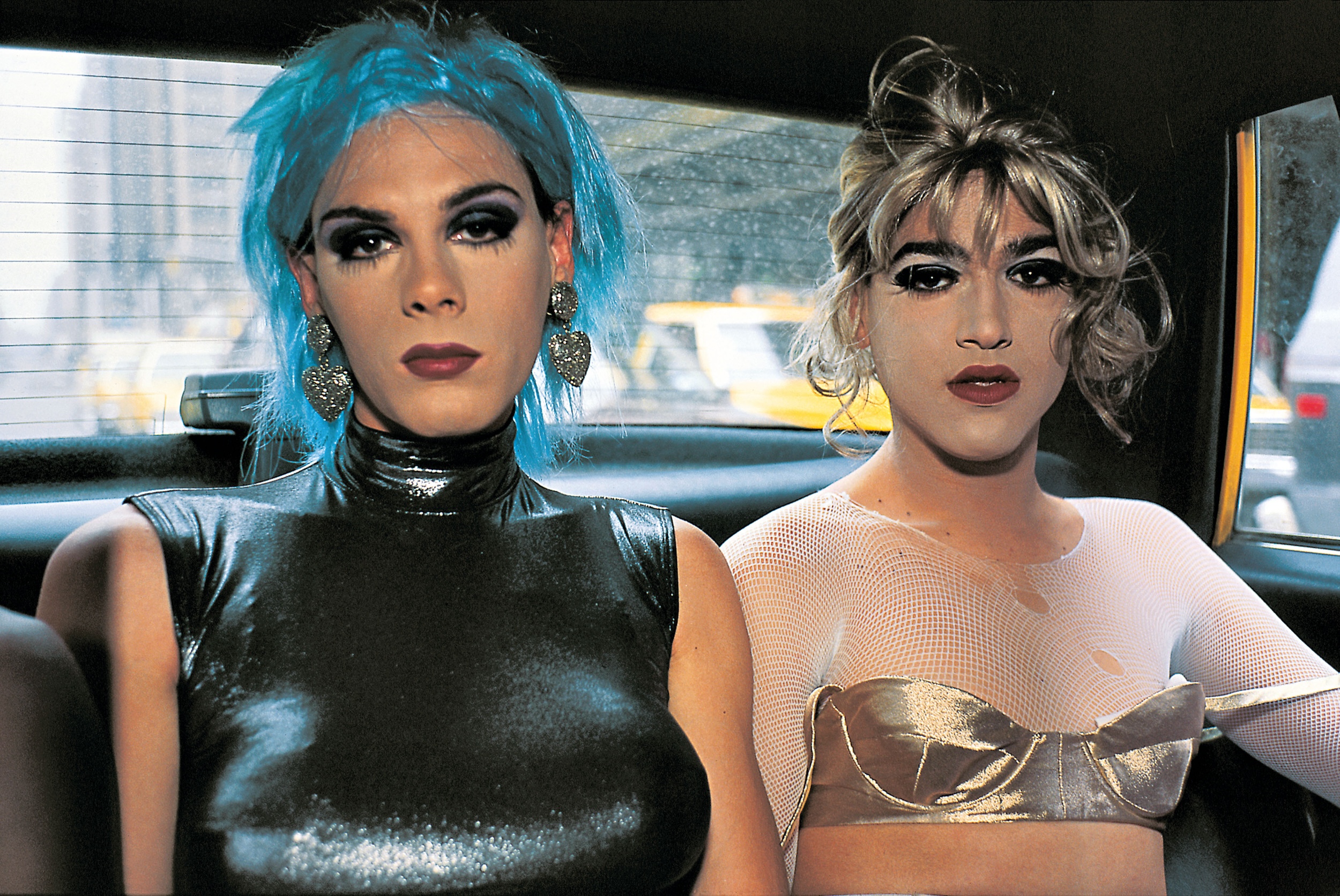Nan Goldin, Misty and Jimmy Paulette in a taxi, NYC 1991. Balam N11: Radical, 2025
A conversation with Luis Juárez, editor of LATAM’s first queer photography magazine, on its latest issue and collaboration with Nan Goldin
Last year, we were excited to cover Balam, Latin America’s first magazine dedicated to queer photography. Now for its 11th issue, Radical, BJP speaks to Luis Juárez, editor of the Argentina-based Balam. He speaks about the power of archiving, the challenges of independent publishing, and the role of photography in documenting lives on the margins. From personal research practices to a special collaboration with Nan Goldin, Juárez shares insight into the making of Issue 11 and the political urgency behind each page.
Dalia Al-Dujaili: There seems to be a running motif of projects that touch on the intersection of protest, violence and sexuality – for example, queer people existing within war zones, or documents of protests. Tell me about the intersection of global struggles with queer and trans lives.
Luis Juárez: This intersection between protest, violence, and sexuality inevitably cuts across the bodies and lives of queer and trans people, especially in racialised or marginalised communities. It’s something that cannot be separated or looked at in isolation: we inhabit a constant state of resistance simply because of the way we live, feel, love, and express ourselves in the world. This places us in a position where the act of documenting becomes a political gesture – almost an urgent one – in the face of systemic oppression and violence.
The intention behind bringing together these images, archives, and testimonies is precisely to show how these struggles and these lives are narrated in the first person. Beyond the specific territory or local conflict, there is a common thread: the need to leave a record, to not be forgotten. Many times, those photographs, videos, or texts capture what could be the last smile, the last touch, the last public appearance of a friend or comrade. These archives simultaneously serve as evidence, as living memory, and as tools to demand future historical reparations.
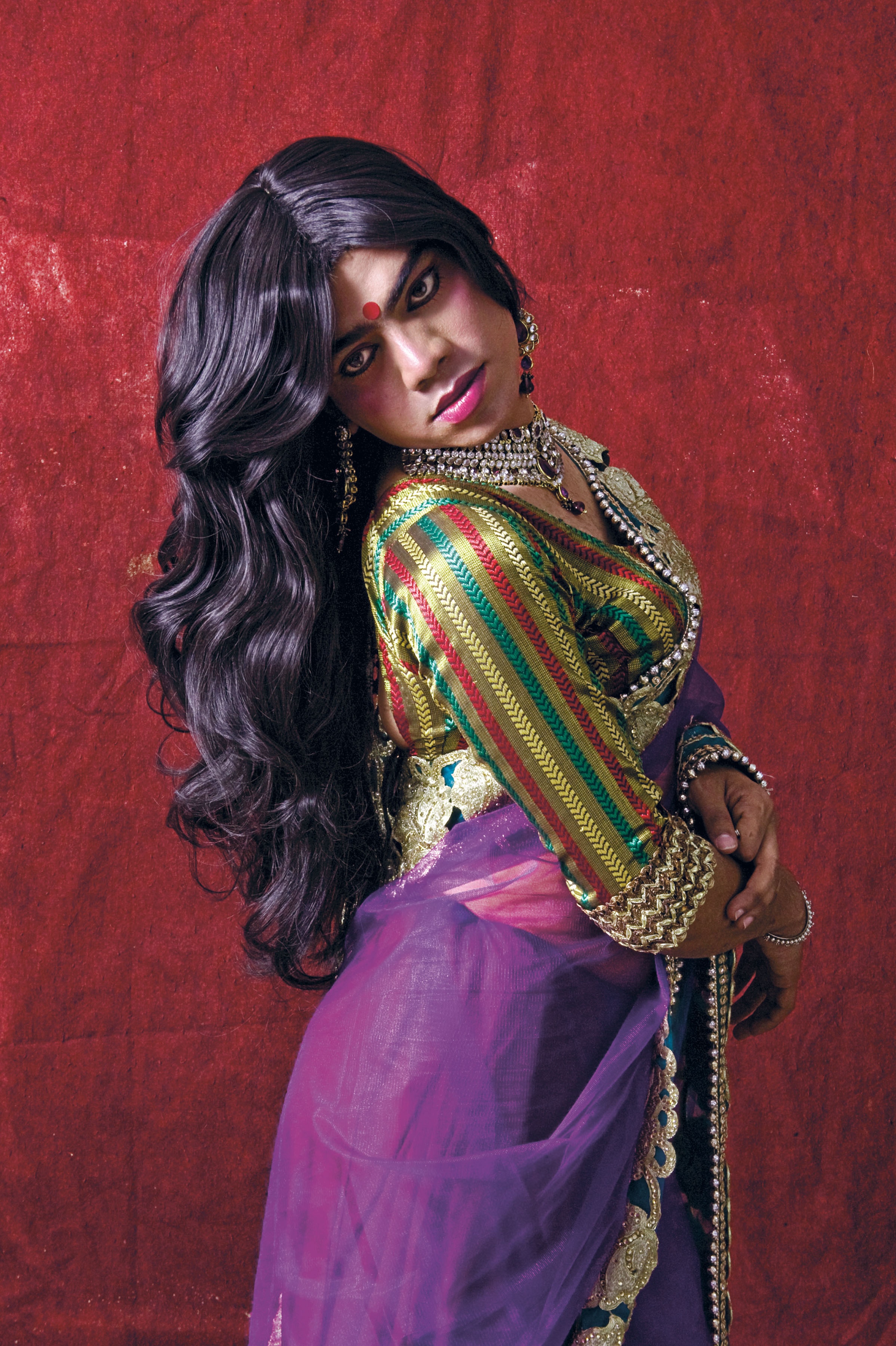
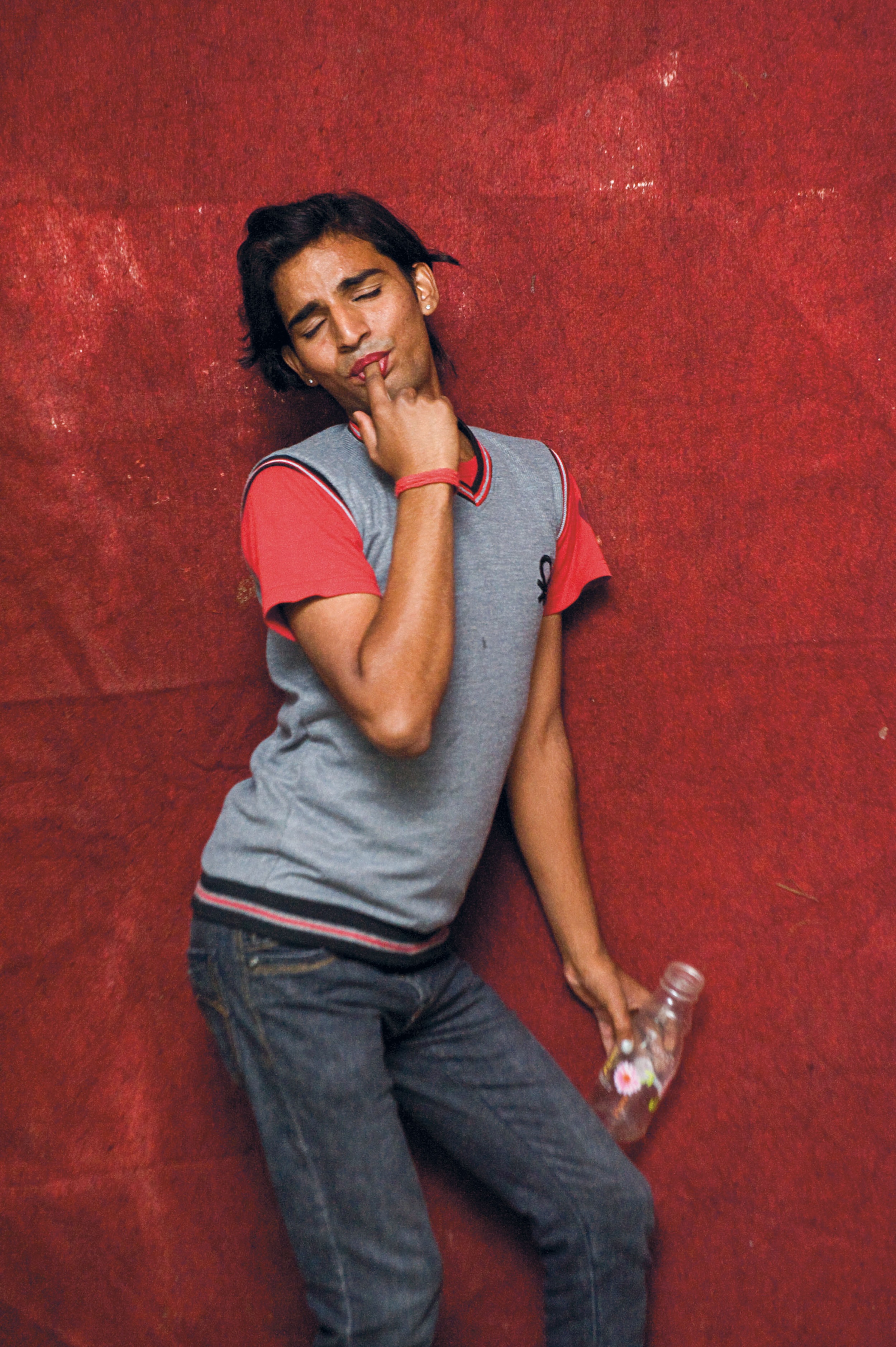
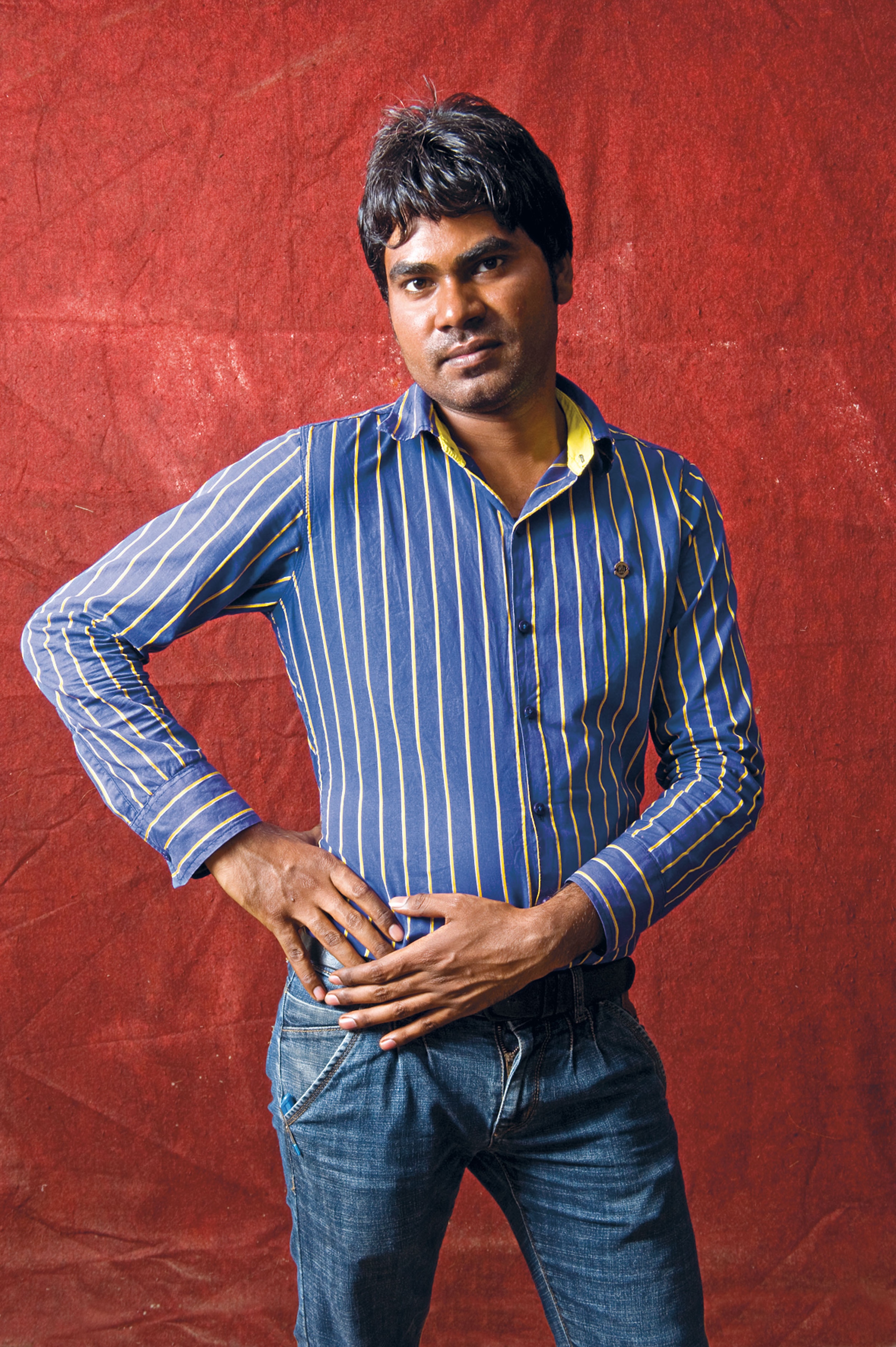
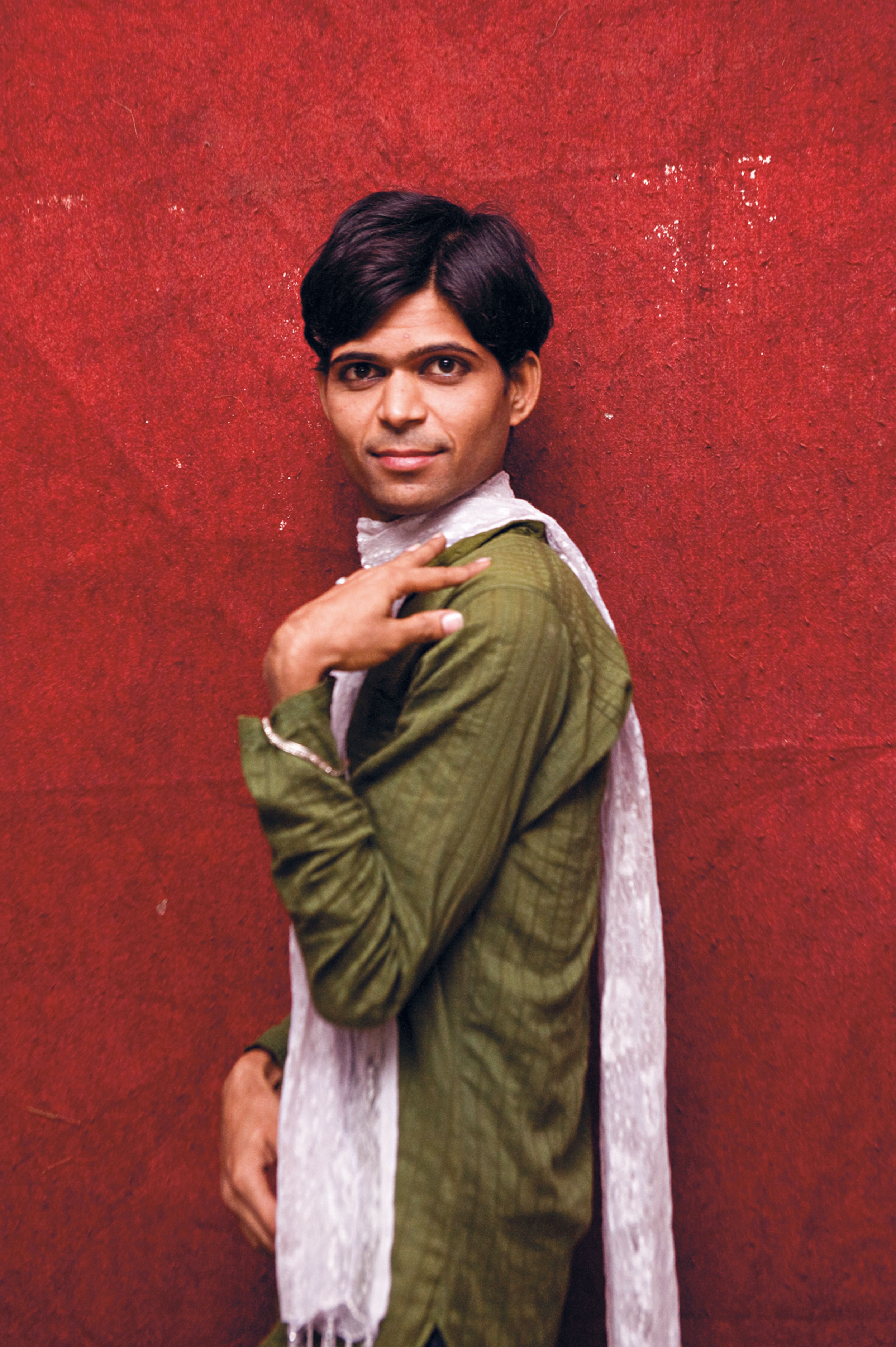
At its core, everything stems from the collective desire to imagine and demand a freer world – even though we understand that the idea of freedom today is blurred and often co-opted by the very system that oppresses us. Faced with that, documenting our stories is not just about memory: it is also a radical way of affirming our existence and sustaining the hope for transformation.
DA: What has changed about Issue 11 from other issues?
LJ: Everything has changed. Each edition of Balam is always conceived from scratch. The only thing that remains the same is the physical format of the magazine. I often say that the project can’t be linear nor straight, because those of us behind it are queer, politically incorrect people who don’t follow a straight or normative logic. This allows us to step in and out and to propose what feels most coherent based on the materials and stories we gather.
What makes Issue 11 particularly unique is that we brought to the centre something that had previously been more implicit: the archive. Throughout Balam’s history, we have always worked with archives, but in this edition, we decided to do so explicitly – highlighting queer archives as living documents created and cared for by their own protagonists. These archives not only record; they also claim a place of power and autonomy in the face of academic and official narratives that have historically silenced or distorted us.
This issue reflects on crystallisation as an essential act to document our passage through time, but it also questions the romanticisation of the idea of archiving and challenges the notion that there’s a single formula for how it should be done. These archives arise not from an institutional or pedagogical mandate but from a vital need to come together and exist.

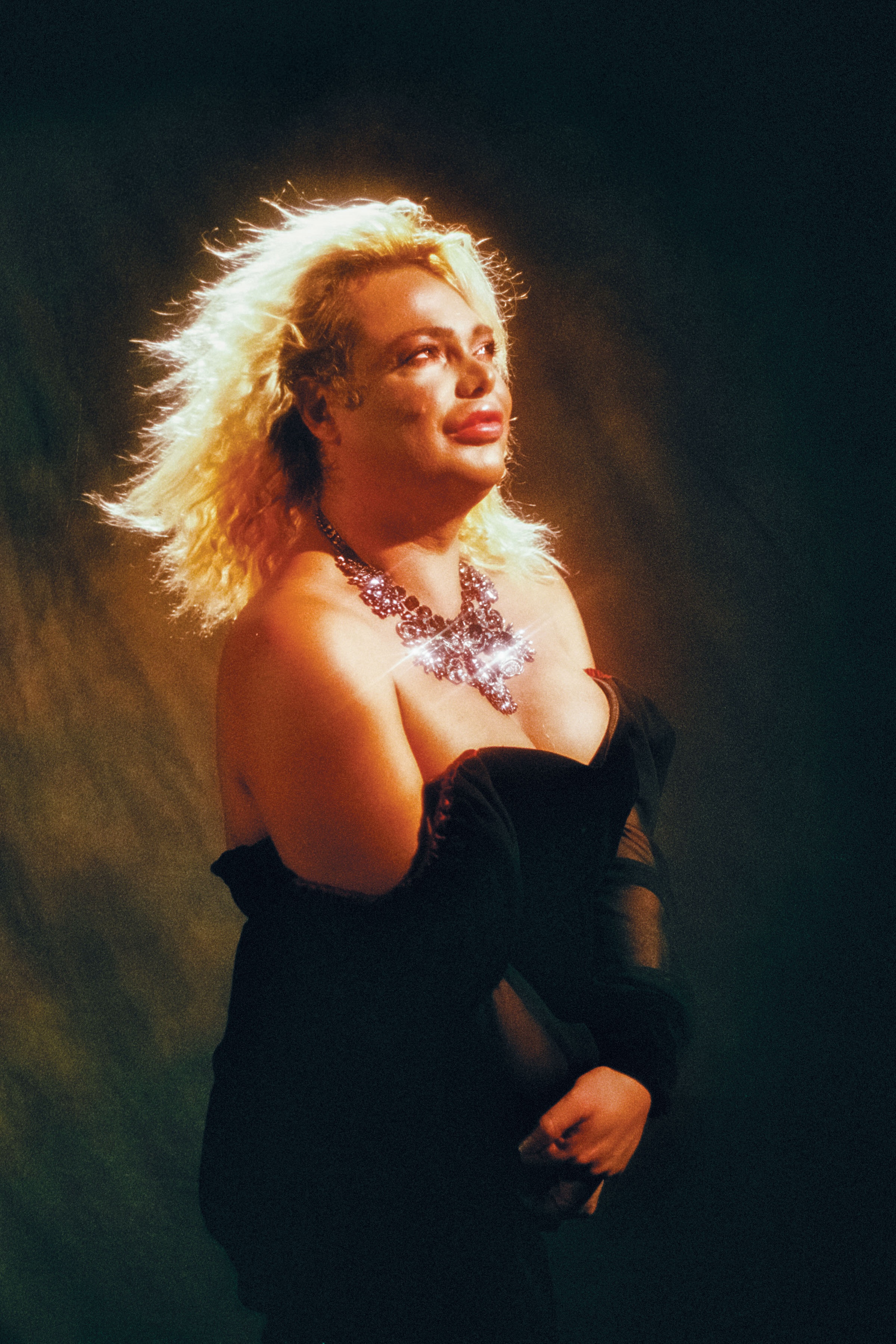
“My process has a lot to do with asking why we were never shown or told about things in a certain way. Morality plays a big role in understanding why some topics were left out of dominant narratives”
I believe this edition also mirrors my own practice as an editor and curator: a practice that doesn’t follow established formulas for how a magazine should be made but instead seeks to create spaces that resist the appropriation and extractivism of our realities. Rather than aiming to teach, we accompany and amplify voices and stories that have historically been marginalised.
DA: Tell me about the practical difficulties of publishing Balam; what obstacles are you facing?
LJ: It’s very complex. This year marks Balam’s tenth anniversary, and keeping the project alive for so long has meant investing an enormous amount of physical, emotional, and creative energy, while still struggling to achieve the stability we’ve never quite reached. Printing in Argentina has become increasingly expensive. Over the years, we’ve watched many independent publishing projects become obsolete or simply disappear because they can’t sustain themselves financially. This forces us to constantly rethink our strategies to stay afloat. That’s why it’s so important to build alliances with colleagues and other projects that can give us space and help us expand our reach.
The project usually survives thanks to cultural grants and long-term support from our audience. However, this year, due to the current political climate, we didn’t receive the grant that historically helped cover a significant part of the costs, and sales have also dropped considerably. On top of that, contemporary photography projects in Argentina – especially those with a queer perspective – are often pushed aside. There are no cultural policies or institutional support structures that truly understand the value of what we’re doing. Photography in Argentina remains largely white and centralised, and Balam is a critical response to that reality.
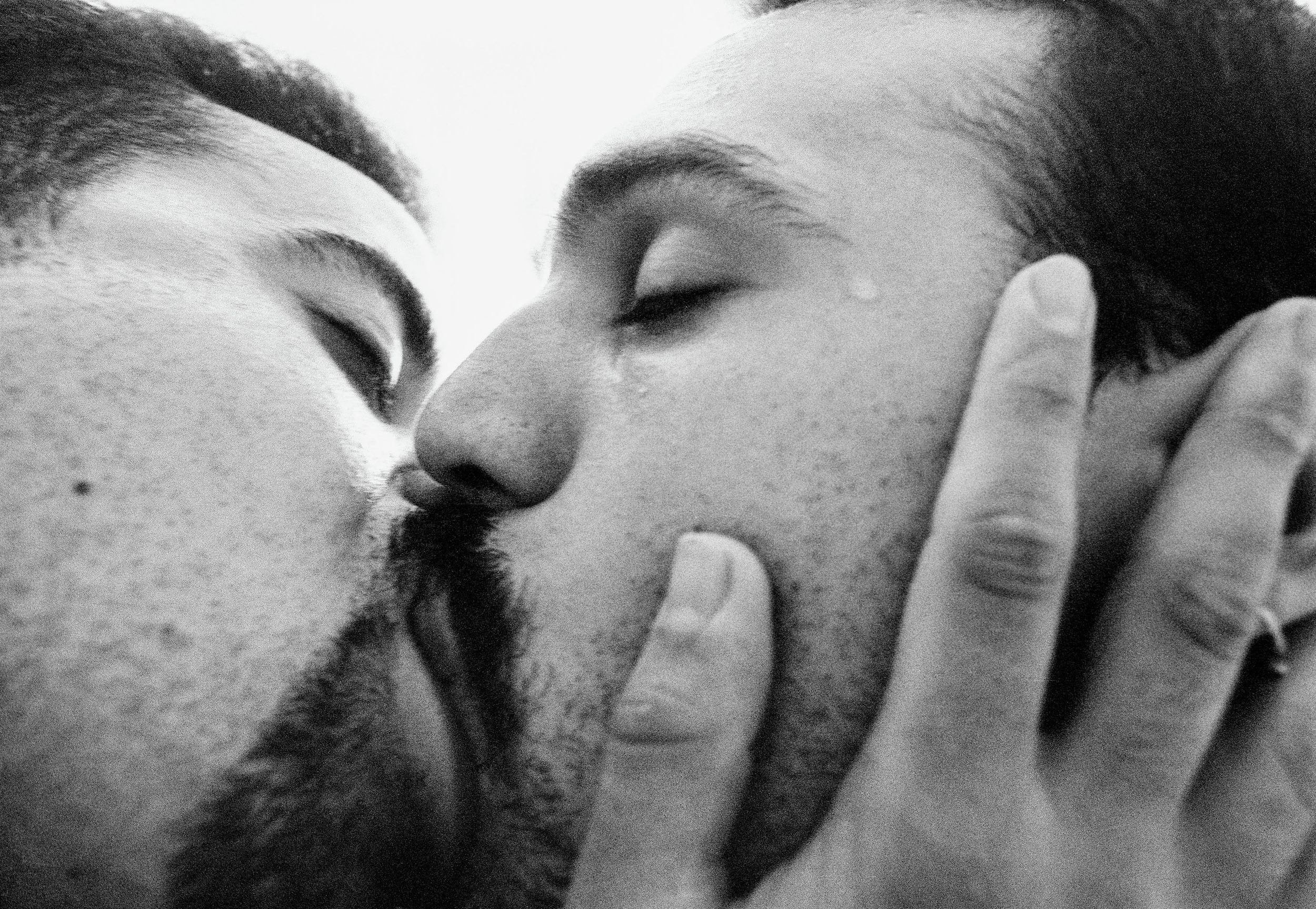
Every new issue is produced without knowing whether we’ll be able to publish the next one. We work issue by issue, making a huge financial, emotional, and mental investment each time. It’s a big risk, and we’re also working with a kind of photography that unsettles, that challenges, and that doesn’t align with hegemonic values, which makes it even harder to get support from large institutions or traditional funding bodies. Yet that same difficulty also reinforces the political meaning of the project: insisting on existing, creating, and trying to be there in time to give space and visibility to colleagues and artists who, perhaps, might not be able to be present tomorrow.
DA: Is there a place you started your visual research, and what is your general research process? How are you finding images?
LJ: My training has been – and for now still is – self-taught. In reality, it’s guided by a very clear driving force: working with what isn’t part of the “official” history. Photography becomes an excuse to gather and make visible works that resonate within that marginalised or displaced visual imaginary. But beyond the aesthetic, what interests me is the social act this can provoke within the art field and my community.
My research starts from the many threads that shape the way we feel in community. It always begins with something personal, but with the intention of turning it into something collective. When that happens, it expands enormously, allowing me to bring together works and archives that speak to each other and acquire shared meaning.
My process has a lot to do with asking why we were never shown or told about things in a certain way. Morality plays a big role in understanding why some topics were left out of dominant narratives.
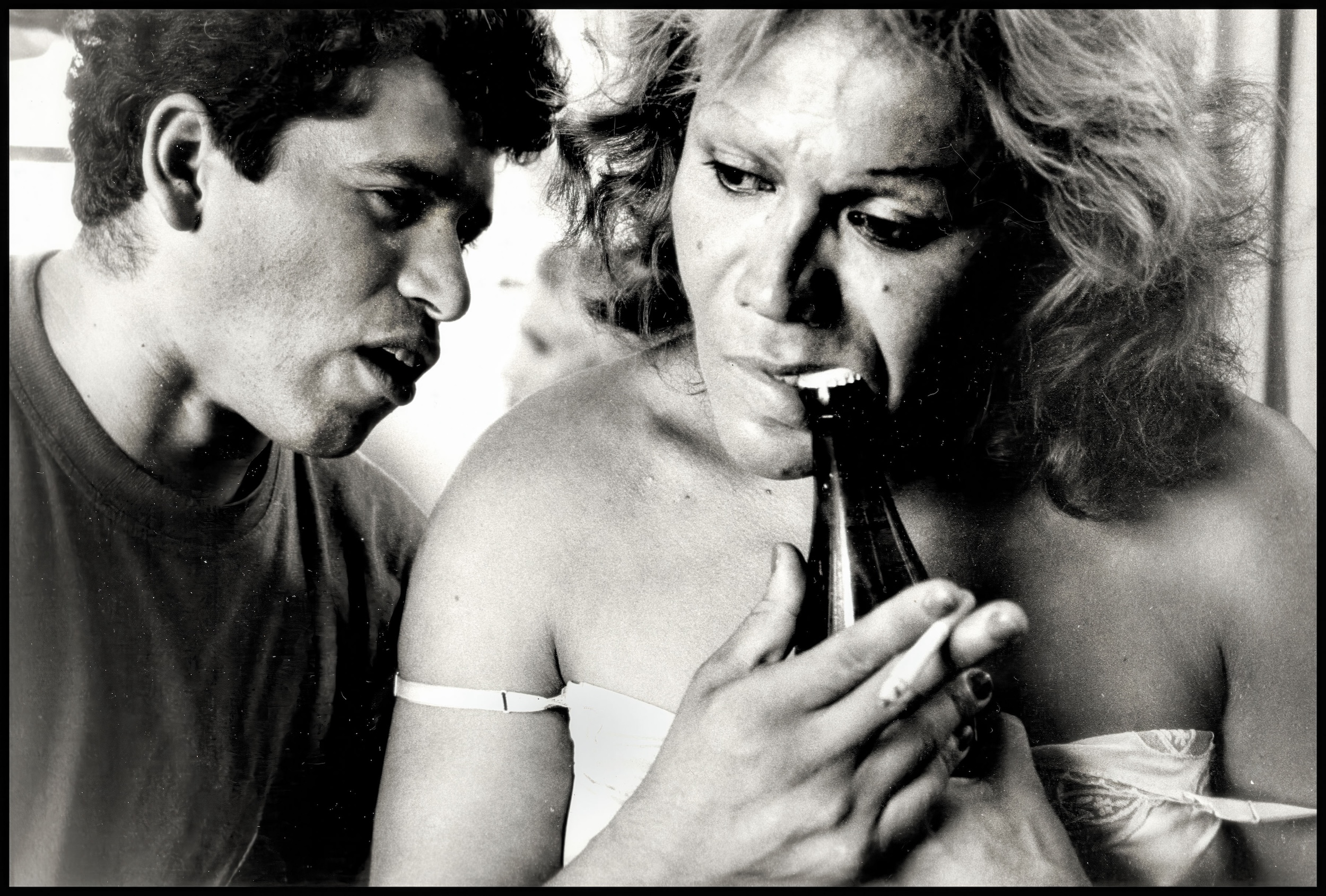

That’s how I find these images: scattered, hidden, or fragmented. And I think it’s important that they keep some of that dispersed or fragmented nature, because that’s where their power and essence lie. Keeping them partially outside the hegemonic order or the public allows them to remain provocative gestures – something that invites discovery, questioning, and the opening of new conversations.
DA: Finally, tell us why you wanted to create the Nan Goldin zine insert.
LJ: My declaration of love and admiration for Nan Goldin has been one of the fundamental reasons I work in photography. For me, she will always feel close to the South – a figure whose work resonates deeply here – and this issue felt like the perfect moment to invite her to collaborate. Goldin has inspired many of us who work with images from outside the centres of power, and collaborating with her is something I never imagined possible coming from Latin America.
What makes this special is that, for the first time, we contextualise Goldin’s work from a Latin American perspective – placing it in conversation with a trans archive. We paired her series The Other Side with photographs from the Archivo de la Memoria Trans (AMT). In doing so, we discovered strong parallels: both bodies of work capture lives shaped by marginalisation but do so with striking authenticity and intimacy.
This dialogue challenges conventional ideas of authorship and photographic practice, highlighting images created by the trans women themselves – people who didn’t see themselves as photographers, yet documented their realities with raw honesty. It opens new ways to think about photography and the power of archives, questioning who gets to tell these stories and reminding us of the importance of preserving these voices from the margins.
